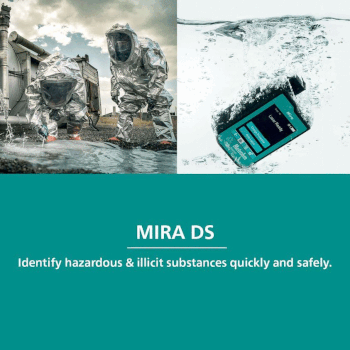Optimization of Following the Lead Content in Metabolism after Intoxication
Abstract
In the present medical practice a poisoning by lead is usually proved by measuring the concentration of Pb (II) ions in blood and urine and by the determination of d-aminolevulic acid (ALA) as well as by a semiquantitative determination of the porphyrines content in urine. The above analytical procedures are time-consuming and relatively expensive. The present communication describes the procedures used for obtaining independent analytical results in following the detoxication of the organism after a lead poisoning. It has been found that the quantity of Pb(II) ions determined in urine and blood and that of d-aminolevulic acid and of porphyrines in urine are not independent. A correlation was e.g. found between the porphyrine and the d-aminolevulic acid content. Thus the determination of one of last-mentioned substances is superfluous. The correlation analysis made it possible to propose a simplification and an acceleration of following the detoxication process in a patient.Downloads
Published
1999-03-15
How to Cite
Dlaskova, Z., Navratil, T., Novotny, L., Pelclova, D., & Madlova, P. (1999). Optimization of Following the Lead Content in Metabolism after Intoxication. Chemické Listy, 93(2). Retrieved from http://www-.chemicke-listy.cz/ojs3/index.php/chemicke-listy/article/view/2637
Issue
Section
Articles




